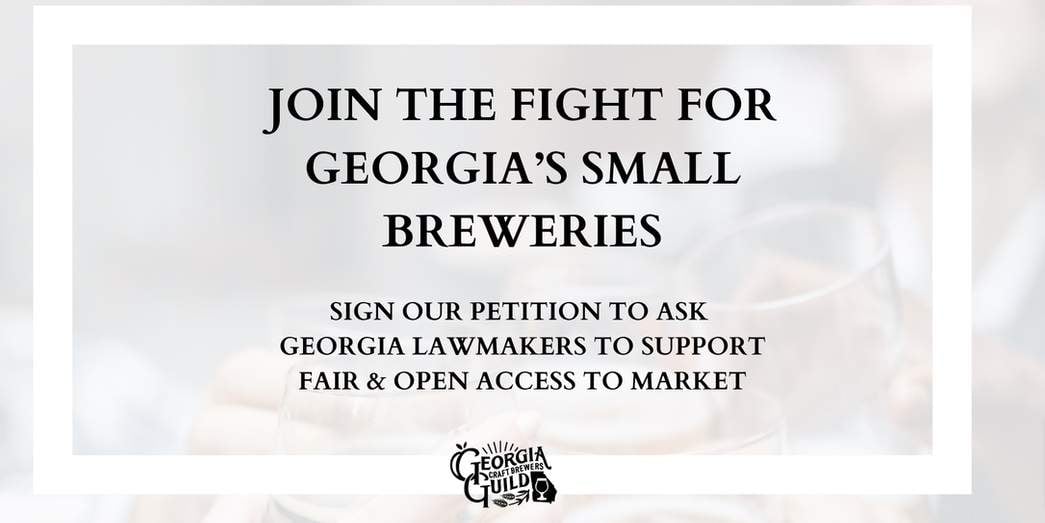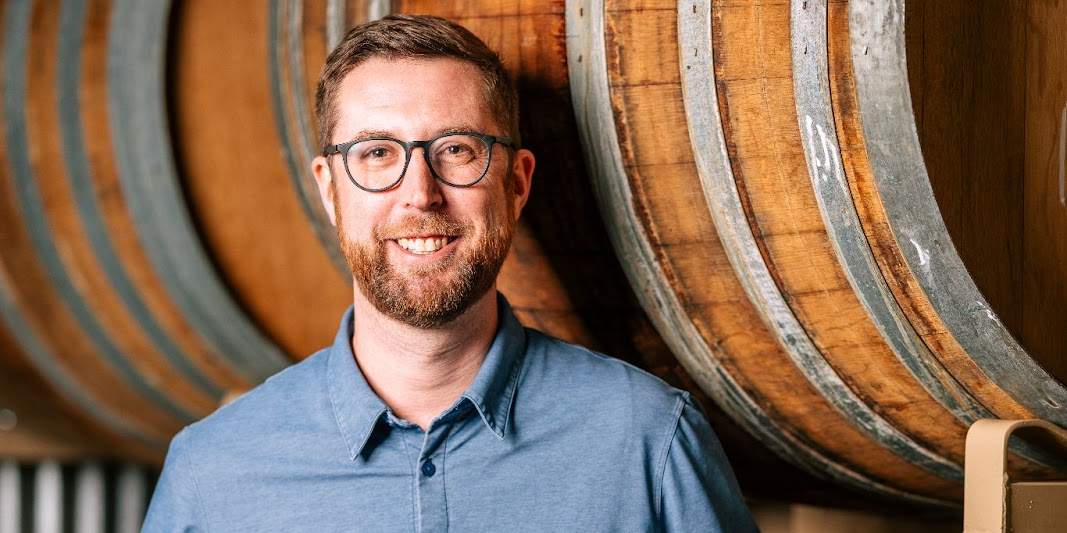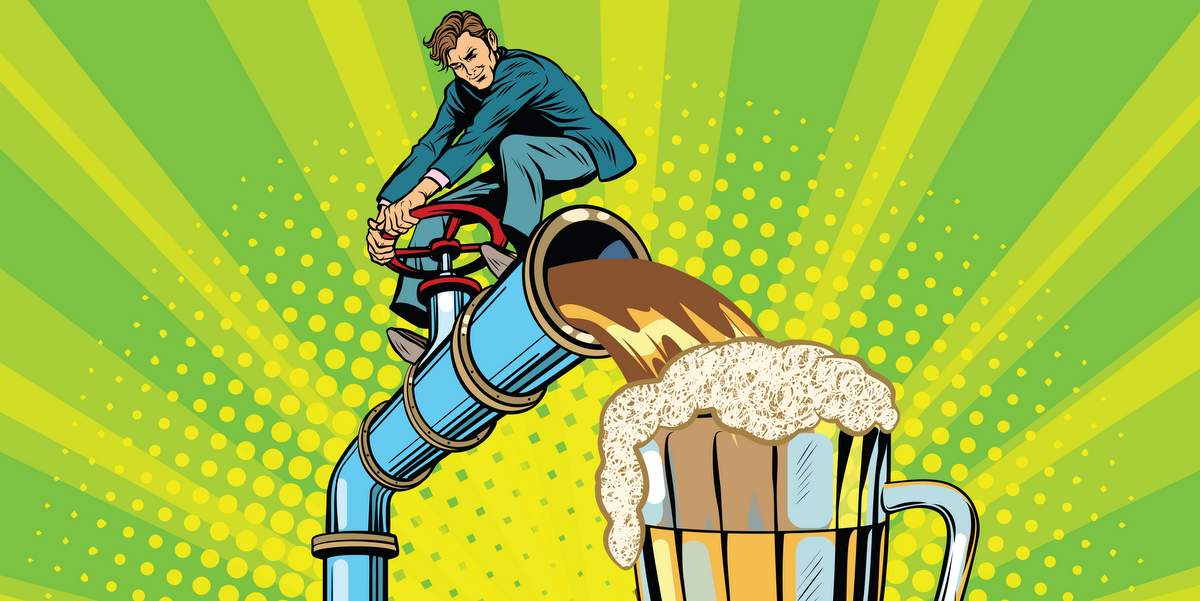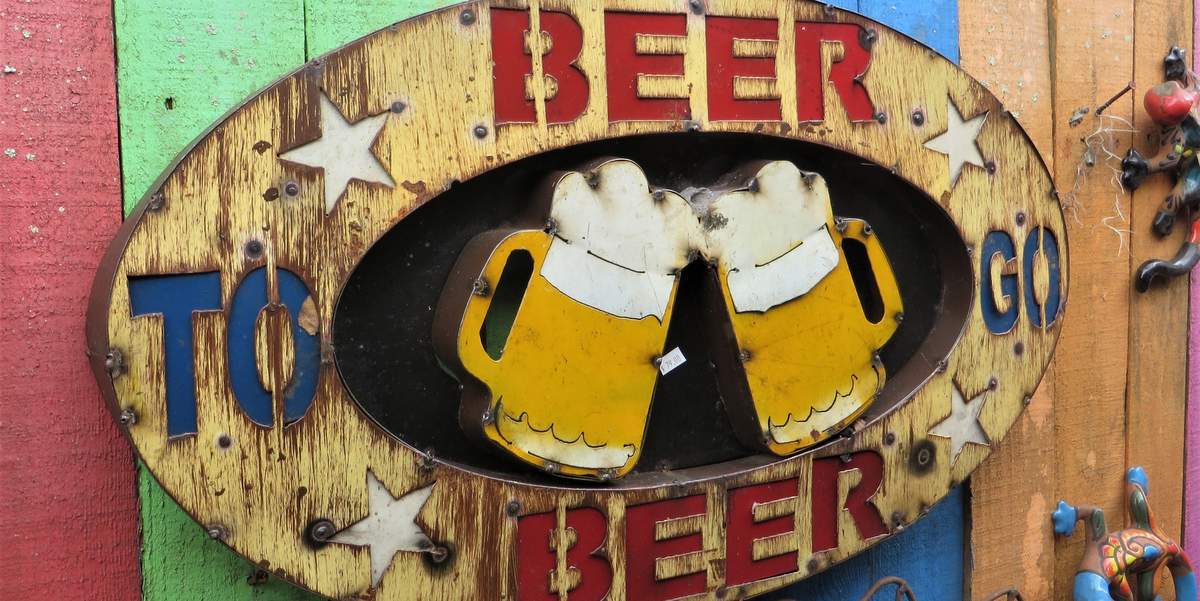The end of the year is a time for reflection. A big 12-month chunk just flew by us. How did we do? For the craft brewing sector as a whole? Not so hot. Some have used the word apocalypse, and it sure seems like we’ve seen a whole lot of small breweries close of late. The Brewers Association — the not-for-profit trade association dedicated to small American craft brewers by its definition — just released a recap of the last 12 months in the indie brewing sector, confirming some of this.
According to the report, it was a year that proved pretty challenging for craft breweries (and even some big breweries — just ask Bud Light). The report noted craft beer production is down in 2023, which makes it the first time outside of that unique 2020 COVID economy that independent brewers have seen such a decline.
Why the decline?
The usuals. The stuff we’ve been talking about for years, now in crescendo. The crazy amount of money it takes to open and run a small brewery. The crazy amount of breweries out there. The rising price of ingredients. The rising price of craft beer. Fierce beer competition on the shelf. Shrinking draught sales. Youngers foregoing beer for ready-to-drink cocktails, spirits and weed. Aging out of craft beer drinkers. Some might even say creative stagnation in the industry. I would also throw in there that people are pretty hard to please. So, is there any good news?
From the Brewers Association press release:
“While many individual businesses are struggling, there is good news in the continued overall popularity of the category. Yes, things are more challenging, but independent brewers still sell more than one out of eight beers in the United States; beer drinkers spend roughly one out of four of their beer dollars on a beer from a small and independent brewer; and the industry remains a source of jobs and community across the country,” said Bart Watson, chief economist, Brewers Association.
In its Year in Beer review, the Brewers Association noted 420 craft brewery openings in the last 12 months and 385 closings. The BA doesn’t share a ton more info in the report, but it did dig a little deeper into ingredients, CO2 and climate change.
Supply chain issues moderated somewhat in 2023, but climate change and persisting disruptions challenged brewers throughout the year. Climatic stresses affected the two primary agricultural inputs in brewing: barley and hops. The 2023 North American barley harvest was larger than in 2022 but still below the five-year average. Barley quality issues persisted, particularly in the Canadian prairie provinces and parts of Montana, where precipitation remained below average and temperatures stayed above normal. In the U.S., hop acreage strung for harvest decreased due to the large volume of hops in inventory, but growing conditions produced above-average yields in most varieties. Climatic conditions continued to be challenging in Europe, with the quantity of hops harvested remaining well below average. The supply of CO2 stabilized somewhat, but spot shortages continued to affect some regions.
I guess here’s looking forward to drinking more craft beer in 2024. Learn more in the video above.





Leave a Reply
You must be logged in to post a comment.